Since these are first and foremost gaming figures, I made sure to use each faction’s color prominently in the color scheme for the figure, as well as keeping the base rim the color of the faction. This makes it easy to see at a glance where each faction’s pieces are on the board.
My favorite figure of the bunch is Zehra & Kar. The pose with the eagle is great, and the figure itself has both enough detail to be interesting and plenty of room for freehand. As a result, it was the only figure I spent two days on (~7 hours total), which is why she is the most refined of the group. All of the other figures were done in just a day of painting (roughly 3-5 hours each).
The figures themselves are cast in that annoying PVC material which doesn’t hold detail well, and which gets the worst mold lines (that are impossible to remove also). I ended up doing a fair amount of “resculpting with paint” to fix some of the casting issues, and practically had to freehand the face on Olga (the red faction leader). Zehra has a maroon scarf at her waist, which you can just see under her quiver. It was not part of the sculpt, and I freehanded it so I could use its edge to hide a particularly annoying mold line.
For the rest of the figures I kept my painting fast and expressive, which is how I like to paint figures that are meant for gaming. There’s no point in putting 20 hours into a figure which is going to get regularly handled. Fast expressive painting is a fun change of pace between more fastidiously painted figures, and helps one work on establishing overall light, composition, and volumes, which are after all more important skills than the ability to do smooth, careful detail work.
I’m a huge fan of Scythe and think it’s a great game, but it’s even more fun now that the faction leaders are all fully painted!
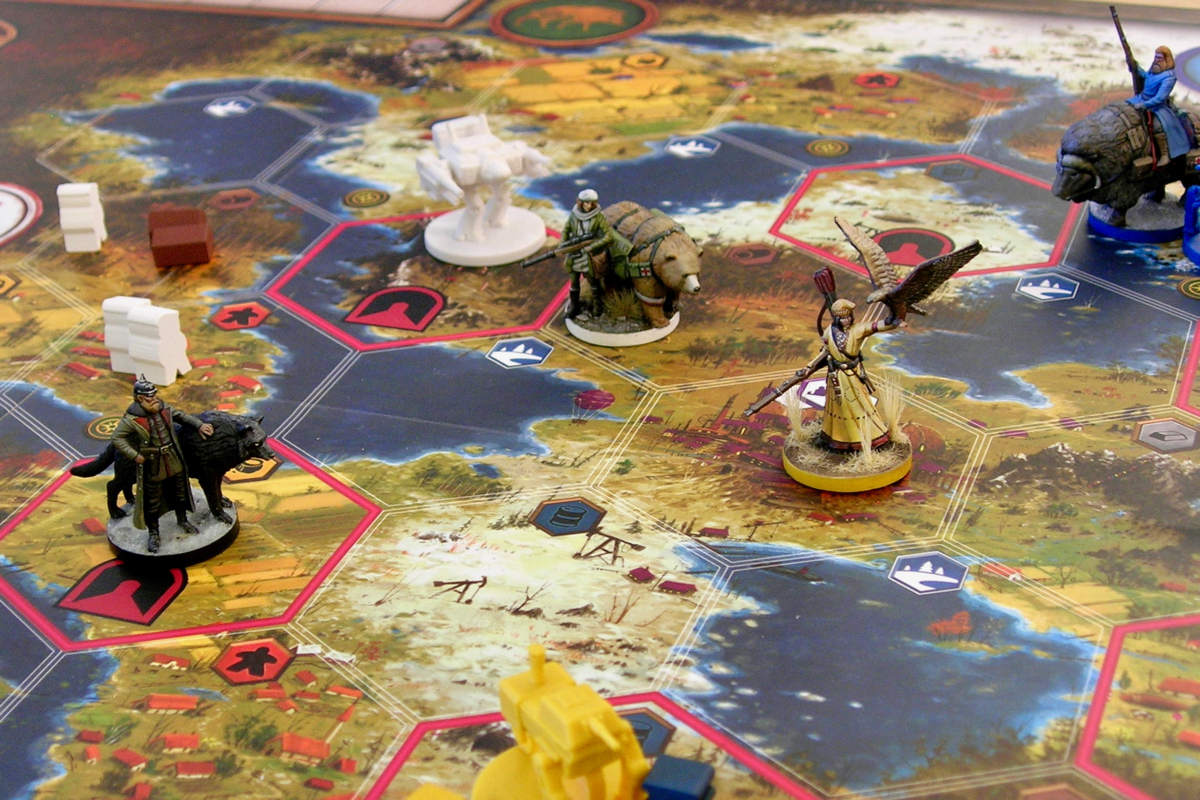
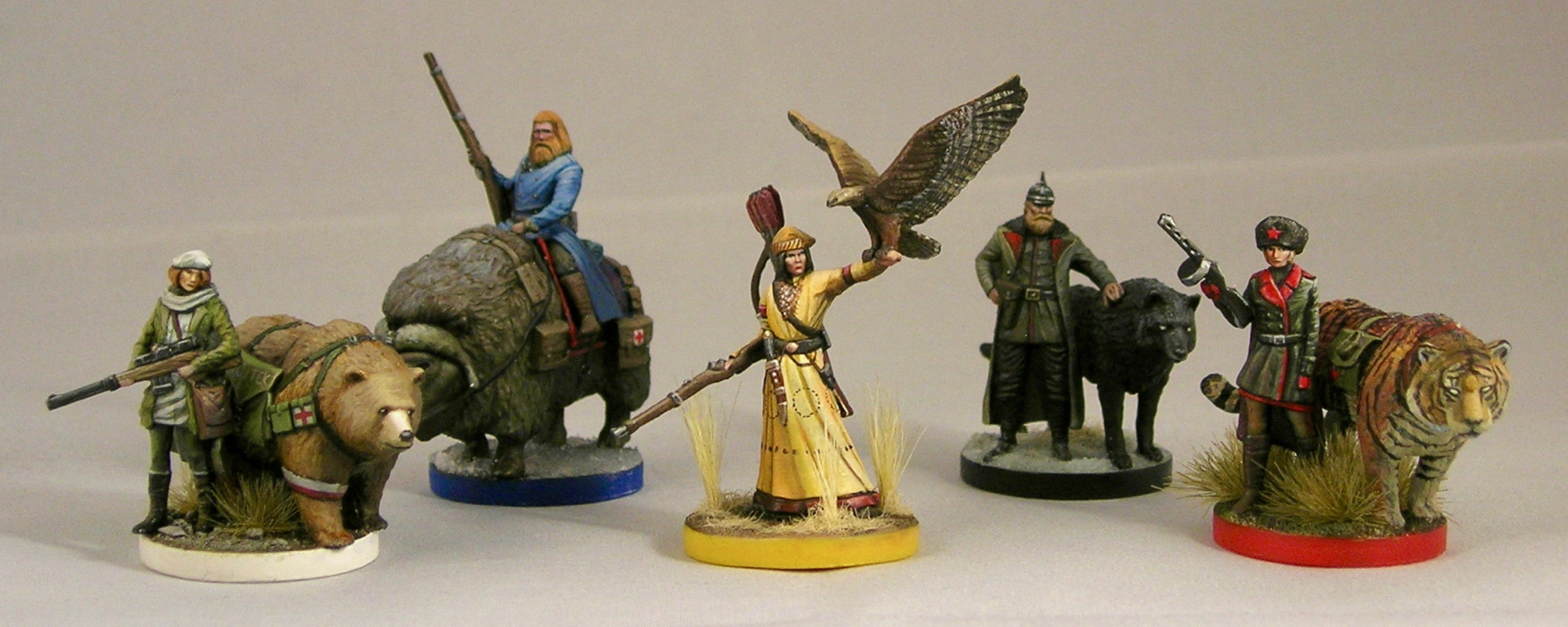
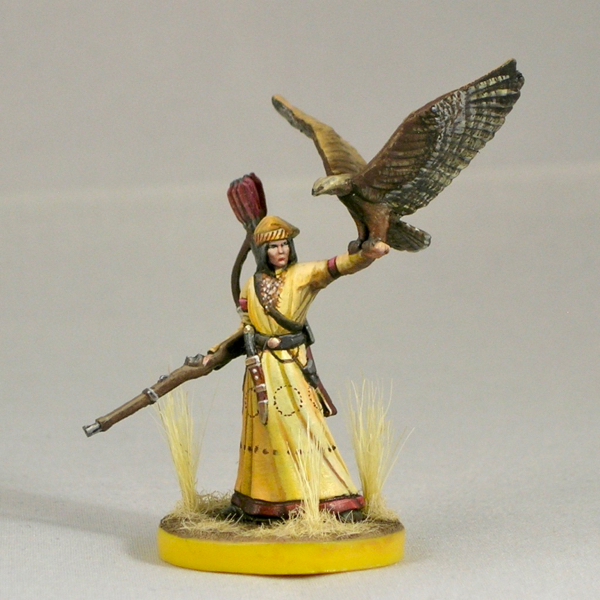
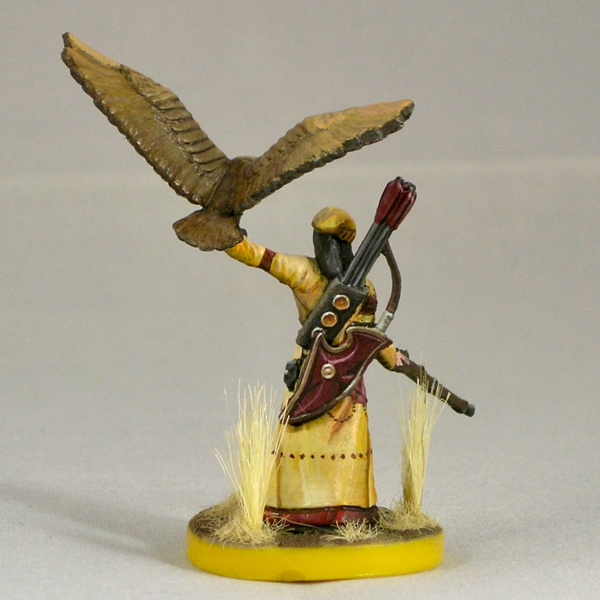
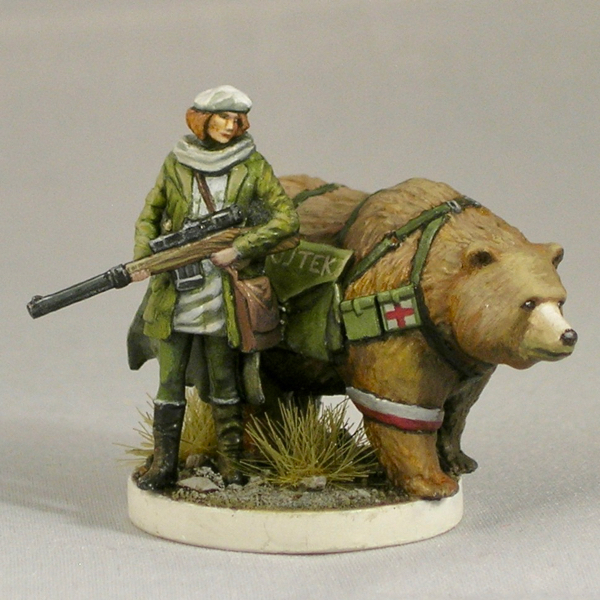
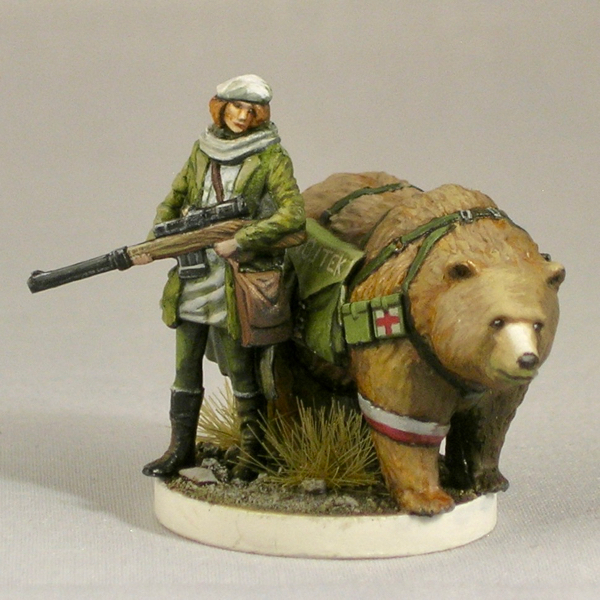

Someone asked for more views for reference. They can be found at
Your faces are really well made, the face of Olga is beautiful!
Thanks so much! I actually spent a fair amount of time on Olga’s face because the sculpt gave me a lot of trouble, particularly the nose. I considered modifying the sculpt, but I decided to treat it as a challenge: could I “resculpt with paint” into something I was happy with. I’m happy you think I succeeded!
Hello David, I came across this page a few days ago when someone linked your weathering / rust tutorial, which I must say is excellent. What brings me back now is that I just received The Thing – Infection at Outpost 13 board game, which includes miniatures made of PVC, and in my search in how to prepare PVC minis for painting I came across this post. So my question is: did you prep the miniatures in any particular way before you started painting? I found them to be kind of “greasy” and thought it might be release agent at first, so I gave them a thorough scrub and rinse with dish soap. I was thinking of testing Citadel Chaos Black spray as a basecoat / primer, but thought I’d research a bit first. Any insight is appreciated.
The models from Scythe look magnificent by the way, I can’t believe how detailed you’ve made them look. And great game also!
Hi, sorry for the super slow reply, I have not been checking my website very diligently!
Washing with soap and water is definitely helpful. I washed my miniatures, used an x-acto knife to remove the most obvious mold lines, and spray-primed the figures. I forget what primer I used, but citadel chaos black will definitely work well. I usually do two-tone priming where I first prime black, and then add a dusting of white primer from the top to establish the light source, but whatever your preference is for priming will work.
Thank you for the reply (and e-mail)! I ended up giving them a basecoat/primer of Citadel Chaos Black Spray, and painting them in a very simple paint scheme with base colours, shades and sparse highlights. I even had help from my wife (who has no interest in miniatures) who painted two minis herself 🙂 You can see the result on my instagram: https://www.instagram.com/p/BoEpq6PnXnw/
The game itself is great fun as well, highly recommended!
These look wonderful! Could you give some insight into the methods you used to paint the miniatures?
Would you consider a commission?
Sorry, I don’t do any commission work.
Hi David,
I love how you painted the minis.
I’m starting with Scythe myself and this is going to be very helpful.
Do you have by any chance a similar post for the mechs?
I never got around to painting the mechs. It would definitely be cool to do so, but I think the game looks okay with just the leaders painted and the mechs left plain.
Hello, congratulations these were my absolute favorite painted miniatures for scythe. My boyfriend and I love this game and his bday is coming so I thought of giving him this painted miniatures. Do u sell painted miniatures? I’d be very interested in buying since I’m so bad at painting (and all things related to manual crafting). Thanks in advance and congratulations on your fantastic work and talent!
Glad you like my figures Carla! I rarely sell painted figures and do not take commissions, sorry.
Hi! Great job on the minis! I Just started painting my scythe minis. I’ve done some minor sculpting myself too. What I really wanted to do was cutting out the material that’s inside Zehra’s bow, so that it actually would look like a bow. I chickened out at the last moment, being too scared I’ll ruin the model for good. I did notice that the bow on your Zehra is hollow though. I would really like to know how you managed to cut out the excess material so precise. Did you use some of them heated knives for plastic? If you could share some details on the job I would greatly appreciate it.
I used a sharp x-acto knife to remove it. Start by making a small hole, don’t go too close to the edges of where you want the material removed. Then gradually enlarge the hole until you’ve removed all the material you want to remove. You will be more precise when removing small amounts of material at a time.